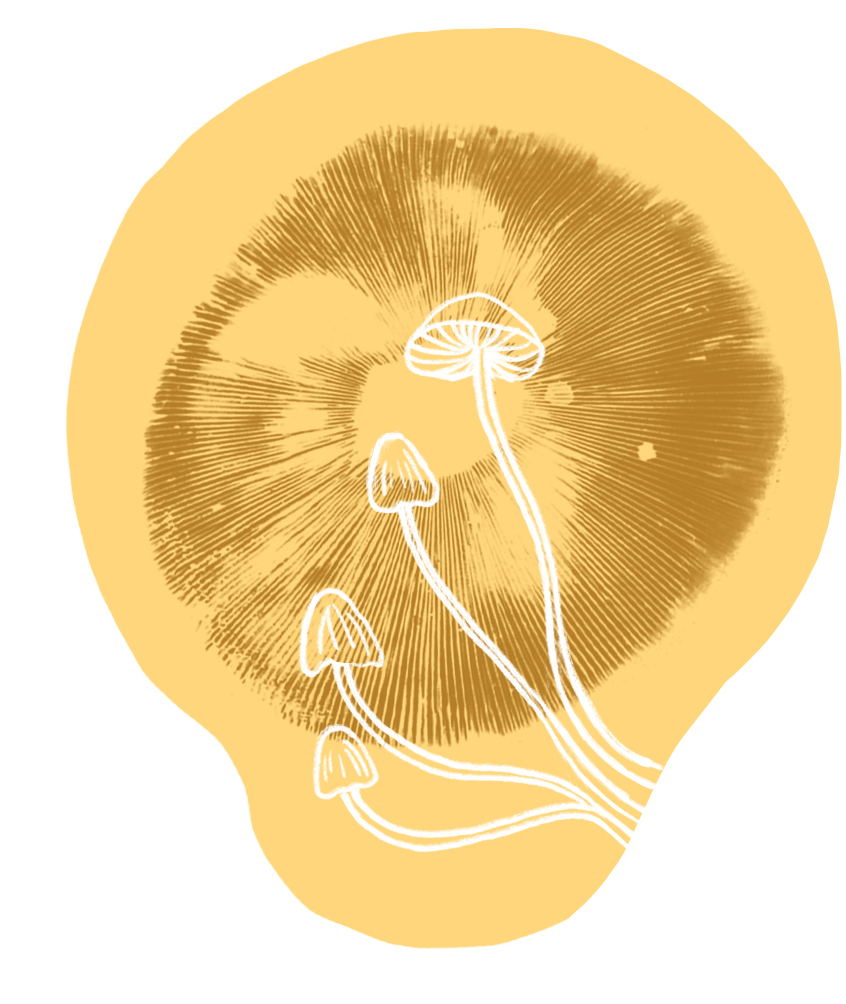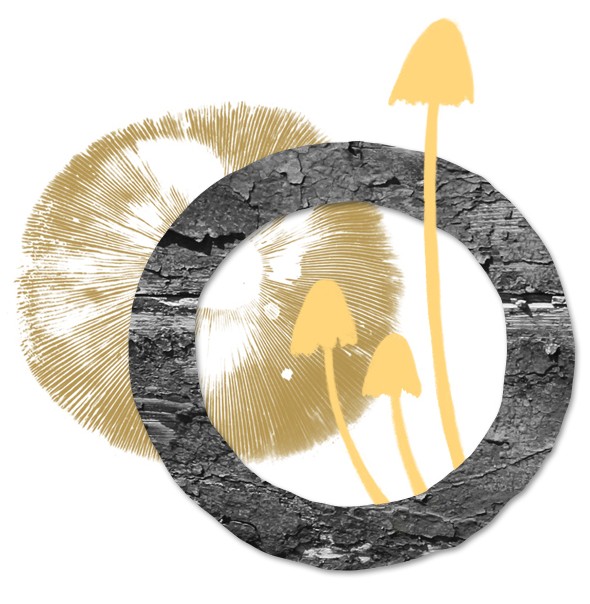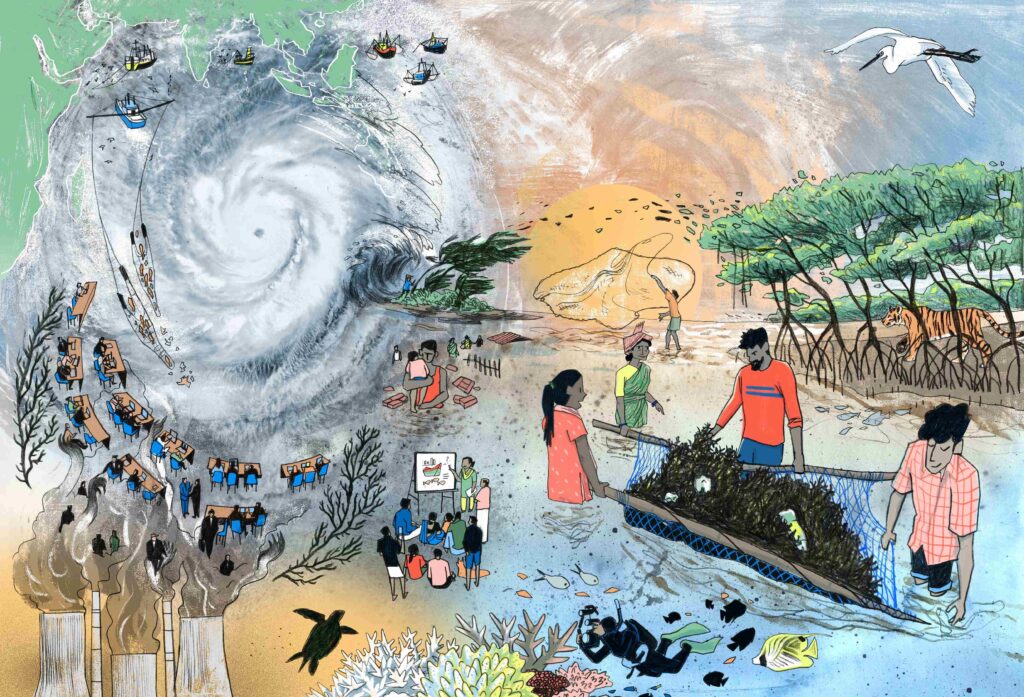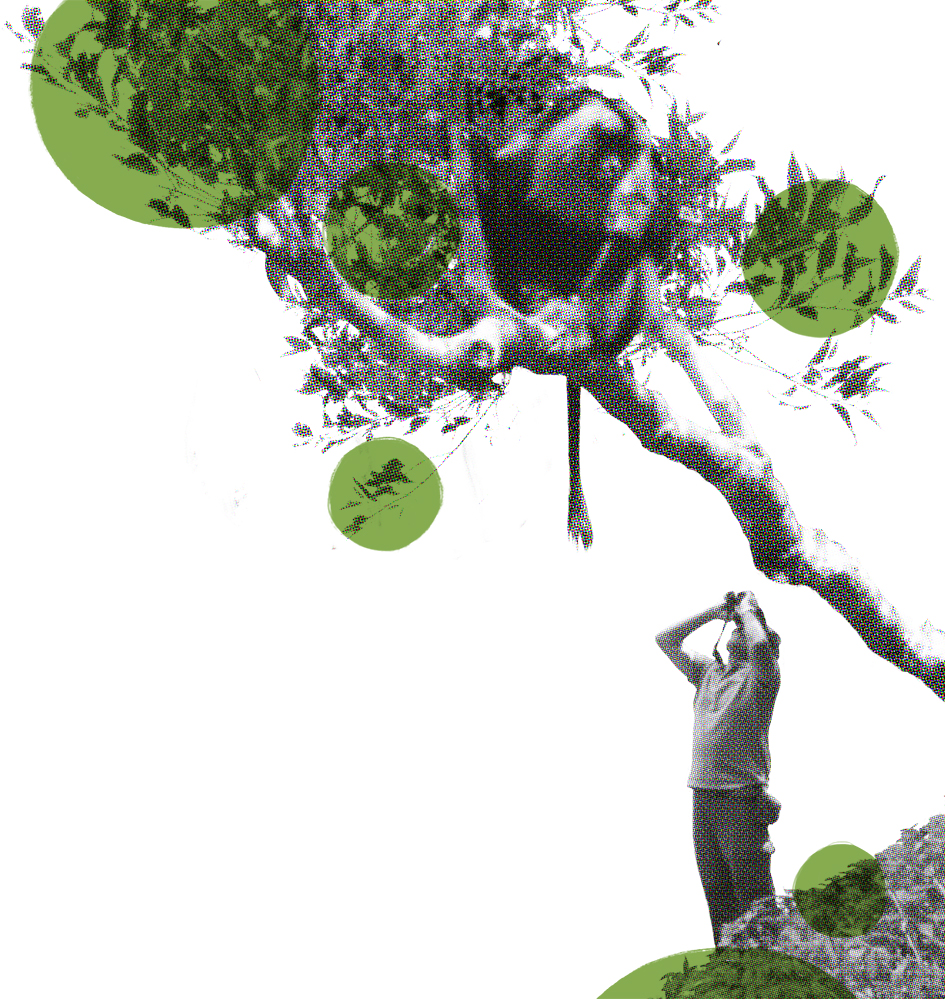Over the years I have read many books in which senior mycologists have expounded on the many virtues, fascinations, and wonders of fungi in an effort to win over the general public. After decades working on the science of fungi, they brought their work out of the dark recesses of botany journals and microscopy labs in university basements, and into books with catchy titles to show people, no—convince them, of the amazing significance and wonder beheld in this relatively unknown, massive grouping of organisms. The titles say it all: David Moore’s Slayers, Saviours, Servants, and Sex(2001); Nik Money’s 2004 Carpet Monsters and Killer Spores or comparatively directly titled 2024 text, Molds, Mushrooms and Medicines: Our Lifelong Relationship with Fungi; or Paul Stamet’s widely read Mycelium Running: How Mushrooms Can Help Save the World (2005).
Then there is Merlin Sheldrake’s recent text, Entangled Life, which has captured the public’s attention at an astonishing level Moore, Money, or even Stamets could only dream about. The homepage for the book lists numerous awards and accolades, and includes rave reviews from other nature writers, journalists, and academics. Sheldrake has nearly 1 million followers on Instagram, where you can see videos of him eating fungi that have sprouted from his book (using a copy of his book as a growth medium), read about his various research publications and collaborations, and even purchase the microbially-rich Sheldrake and Sheldrake hot sauce, a fermented sauce which comes in packaging material grown out of fungal mycelium and hemp stalks. Entangled Life has been re-released as a coffeetable photobook, and is the basis for a documentary narrated by none other than Icelandic musician Björk.

We are truly in a fungal moment fueled by TV and film, media, books, and music about fungi. Interventions range from the whimsies of fermented hot sauce to the radical writings of Maymana Arefin, on how fungi and decomposition can inspire abolitionist futures and the collapse of linear capitalism. Why fungi, and why now? Have decades of environmental education paid off and people finally realise the awesome powers of these lifeforms? In fact, fungi keep us from literally drowning in dead material through decomposition. They nurture us as food and medicine. They clean our air, keep our trees alive, help us grow our crops, and not least, they are beautiful, wondrous living beings with which we share this planet.
While everything I have said about fungi is true, I wonder if there is something deeper, something a bit more troubling, going on in our collective human psyche when it comes to our newfound love and delight with things that go squish in the night. Have we given up on plants and animals? On the idea that we can save them or that they can resist the onslaught of environmental destruction we endure every day. Is there some sort of collective unnamed search going on for organisms that may outlast our environmental crises? Are we desperate to find somethings and someones that may be able to save us from ourselves because despite our best efforts, they seem more powerful than humans? Can fungi really save humanity???
This special issue of Current Conservation, its first dedicated to fungal conservation, will not attempt to answer the question about whether or not fungi are our collective saviours; I for one would never put the responsibility on another kingdom of organisms to do the work that we, humans, must do to take responsibility for our own actions and choices. A bit more humbly, our hope for this special edition is that it continues to make visible the many ways in which we, people around the world, continue to get to know fungi, to learn about them, to interact with them, and to discover how others do so and have been doing so for lifetimes.
Our special issue is an attempt to provide an overview of the many facets of the wide-ranging and rapidly growing field of fungal conservation. It includes two Feature articles, two Field Notes, a Photo Essay, two Perspectives, and a set of illustrations. We have authors and pieces hailing from 10 countries across six continents.
While the organisms are distinct and the species different, the themes of this special edition are much like those you might find in other issues of Current Conservation; for example, balancing the role of scientific discovery in pieces by Ellis and Drechsler-Santos et al., with that of joy in scientific work as experienced in rural Benin and told by Dramani et al. Løvaas highlights the role of women’s work and knowledge in ethnomycology in Zambia. Cantiero et al. point to the importance of including fungi in key international environmental conventions and strategies, and Barron et al. outline a new research agenda to bring together women’s livelihoods, ethnomycology, fungal conservation and access to reproductive health care in rural communities. Through their artwork and accompanying text, Pouliot and Shafie show us fungi through their eyes and help us appreciate the aesthetic and cultural presence of these amazing organisms.
And good news! This special issue is just a tasting menu of so much work happening now in fungal conservation. The articles include references to related work and future readings so you may continue to explore these topics further.
One theme that runs throughout all the pieces is that of visibility, but unlike previous mycological works trying to bring fungi into the light, the pieces in this special issue demonstrate that the relational values created among humans and fungi affect the very meaning of conservation itself, thus bringing a new form of conservation to light. Through fungi we learn about the role of aesthetics in conservation (Pouliot), about the importance of joy and care when doing conservation work (Løvaas, Dramani et al.), and about working in partnership with fungi to imagine new ways to protect and conserve areas without requiring high-tech monitoring systems and expensive labs (Ellis). Barron et al. argue that the link between basic needs for reproductive care go hand-in-hand with conservation in ways that have also been invisible until now. What this issue makes visible is that fungi can remake how we practice, plan, and understand conservation itself.







